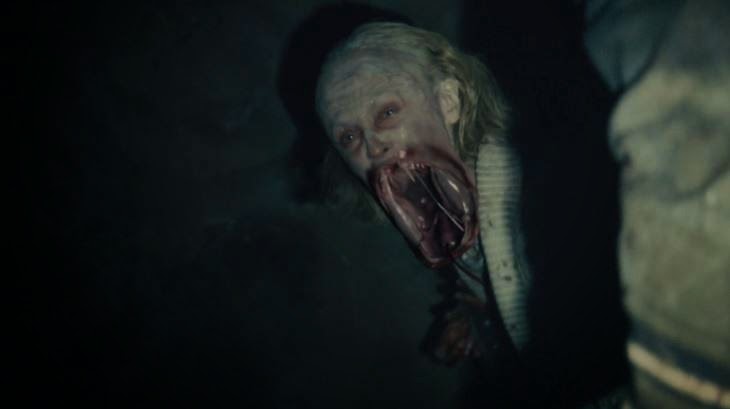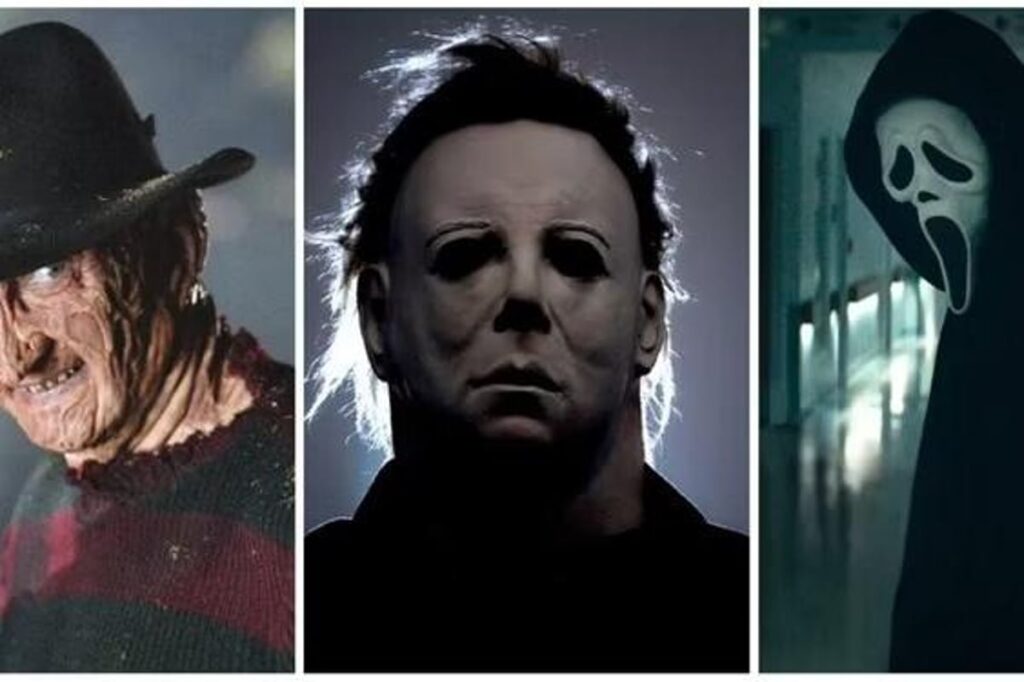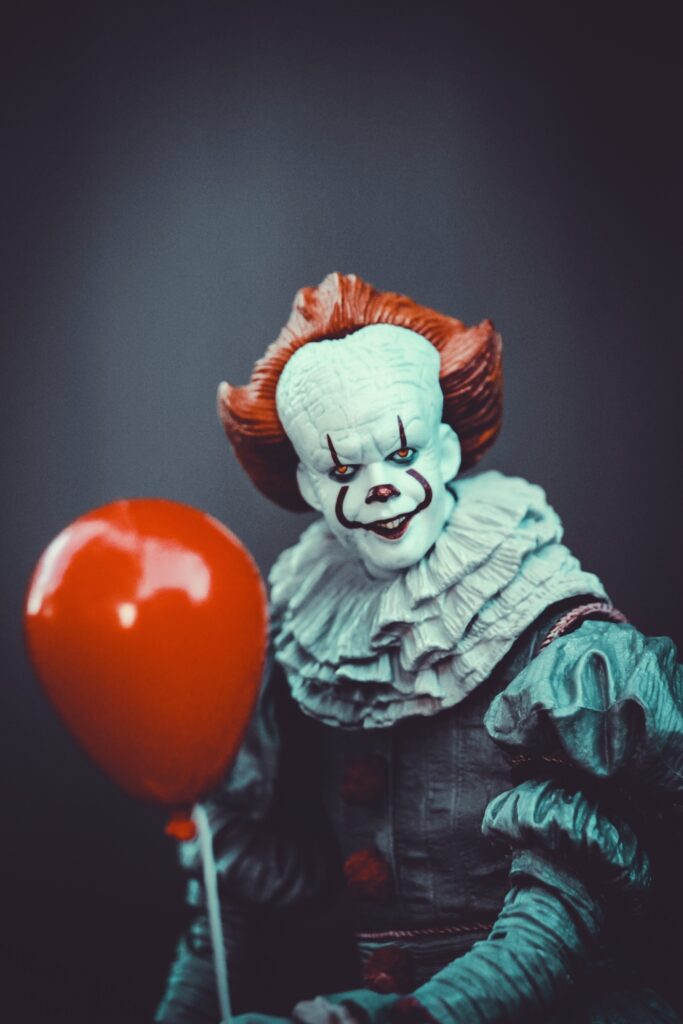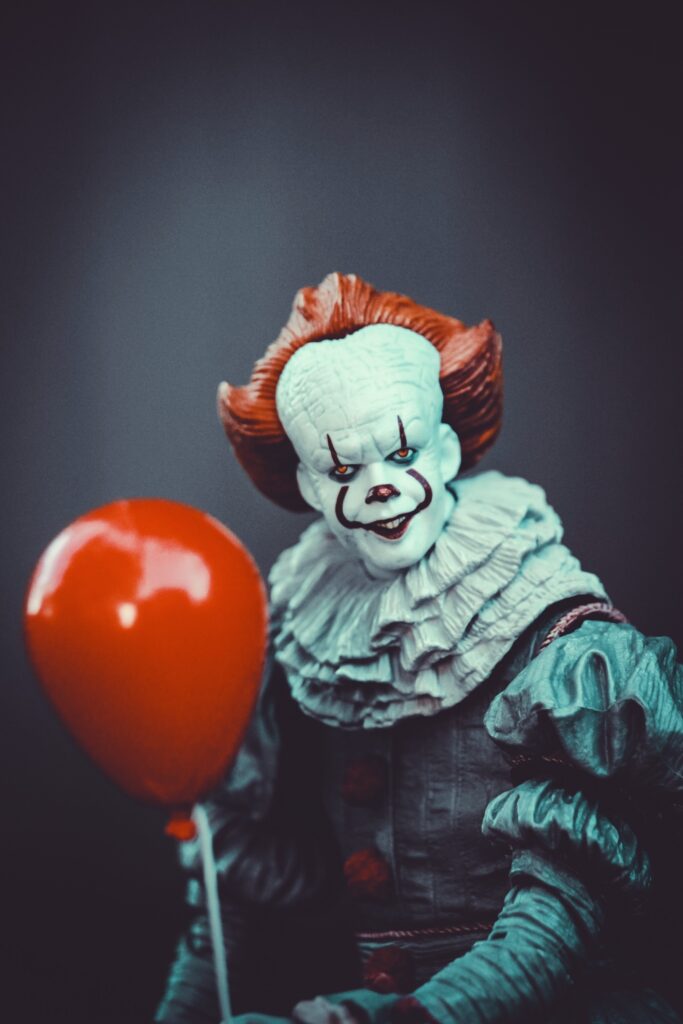An In-depth Look at Scariness: The Most Terrifying Horror Villains Examined
Do you like scary stories? Then, this is perfect for you! “An In-depth Look at Scariness: The Most Terrifying Horror Villains Examined” is all about those spooky characters that give us goosebumps. Imagine we are having a flashlight-under-the-covers reading session, whispering about the monsters that hide under our beds or in the dark corners of our closets. We’ll talk about why they are so scary and what makes them the stuff of nightmares. Remember, though, it’s just make-believe, so don’t let it keep you awake at night! So, grab your flashlight and a comfy pillow, it’s time for some bone-chilling fun. And don’t worry, by the end of this, we’ll leave you with some giggles in “The Halloween Junkie Take.”

This image is property of static1.cbrimages.com.
Understanding the Nature of Horror Villains
Imagine the bad guy in a scary movie. What makes your heart race? What makes you want to hide behind the pillow and peek through your fingers? It’s not just the spooky music or the dark shadows. It’s the villain at the heart of the story. Just like you have favorite heroes in stories, these are characters too – one’s we’d love to never meet in a dark alley!
Exploring the Psychology Behind Fear
Fear is a very weird thing. It’s like your brain playing a big prank on you, making you scared of things that aren’t really there. Things like creaky doors, eerie noises, and, specially, those horror villains. Your brain sees them do terrible things and goes, “Warning! Danger!” even though you’re perfectly safe snuggled up in your cozy bed. That’s how scary these baddies really are.
The Role of Villains in Horror Narratives
Every story needs a baddie, and in horror stories, they lead the show. Villains scare us because they look weird, act strange, and do terrible things. Without them, there’s no one to fear, no suspense, no thrill. Like in a game of tag where you need someone to chase you, in horror, villains are “it”.
Defining What Makes a Villain Terrifying
What makes horror villains give us nightmares isn’t always their scary faces or sharp claws. Sometimes, it’s how they surprise us or trick us into feeling safe before BOOM! They creep up on us again. The best villains play mind games that make us imagine things that aren’t even in the movie.
Examining Iconic Horror Villains
Now, let’s talk about the superstar villains that made us jump out of our seats.
Introducing Iconic Horrors Characters
Imagine meeting the most popular kids in the school of horror. The ones that everybody whispers about. These are our iconic horror villains: Michael Myers, Hannibal Lecter, Freddy Krueger, and Chucky. Oh, and let’s not forget about the spooky ghosts from Japanese horror stories, they’ve certainly made their mark too!
The Evolution of Horror Villains through Decades
Remember when you started watching scary movies? The villains weren’t as scary as they are now, were they? Over time, as the world has changed, horror villains have become scarier, craftier and weirder, keeping up with what makes us jump out of our skins.
How These Villains Built a Lasting Legacy
Just like how superheroes like Superman and Spiderman are remembered, horror villains have left their footprints too (although theirs might be a little creepier). They’ve become such a big part of our culture that we see them in costumes, toys, and even video games.
The Notorious Michael Myers in Halloween
The mention of Halloween can make you think of this guy: big, creepy and unstoppable. Michael Myers himself!
The Legend of Michael Myers
Meet Michael Myers, the big scary guy from the ‘Halloween’ movies. He’s been scaring us since 1978 with his creepy mask and big, shiny knife. What makes him so scary? Well, he keeps coming back, no matter what!
Analyzing the Scare Tactics of Myers
Michael Myers doesn’t roar, doesn’t talk, doesn’t run around. He just walks, slowly and quietly, but no matter how fast you run, he’s always right behind you. That’s what makes him so scary: you just can’t escape from him!
Why Myers Remains a Horror Classic
Michael Myers is the classic boogeyman, and that’s why he’s never really gone away. He uses our biggest fear against us: the fear of being chased, the fear of not being able to escape. He’ll always be one of the scariest villains we know!
The Machiavellian Hannibal Lecter
Unlike most horror baddies, Hannibal Lecter is sophisticated, smart, and scarily charming.
The Sophisticated Horror of Hannibal
Imagine a super-smart doctor who’s also a scary villain. That’s Hannibal Lecter for you. He’s so smart that he can talk his way into your worst nightmares with just his words, and none of his victims see it coming!
How Hannibal Strikes Fear without Physical Violence
Remember when we said horror villains don’t have to look scary? Hannibal Lecter proves us right. He’s not big, or monstrous, or even loud. He’s calm, polite and, well, quite normal looking, really. But what makes him terrifying is his super smarts. He can control people’s minds and make them scared, using only his words. That, kiddo, is the power of the mind!
The Lasting Impact of Silence of the Lambs
The movie ‘Silence of the Lambs’ showed us that you don’t need masks or claws to be a great villain. It introduced us to a new kind of horror villain, one who can scare us using just his brain. This has changed how we see horror and villains forever.

This image is property of bloody-disgusting.com.
Freddy Krueger: The Nightmare Master
Freddy Krueger, the scary guy with the super scary glove, steps into your dreams and turns them into nightmares!
Unveiling the Nightmare on Elm Street
In ‘Nightmare on Elm Street’, Freddy Krueger makes you scared to fall asleep because that’s where he can find you. He chases his victims in their dreams, and when he gets them… well, let’s just say it’s not a nice dream anymore.
Underlying Psychology of Freddy Krueger
Freddy Krueger scares us by using something we all do every day: sleep. He makes our safe, dreamy sleeping time into a horrifying nightmare, and that’s what makes him truly horrifying.
Why Krueger is a Definition of Surreal Horror
Krueger is not real, but the fear he triggers certainly is. Turning the safe haven of dreams into a scary playground is an idea still terrifying to this day. This makes Freddy Krueger the perfect villain for a surreal horror experience!
Chucky: The Killer Doll
Chucky, the terrifying toy you’d never want to own.
Understanding the Fear from Inanimate Horrors
Toys are supposed to be fun and nice, right? But Chucky, he’s a toy gone horribly wrong. His theme is taking something safe and familiar, like a doll, and turning it into a source of fear and danger.
Analyzing Chucky’s Cinematic Presence
In his movies, Chucky comes to life and becomes a nightmare with those big, glowing eyes and that creepy little voice. He reminds us that even the most harmless things can become scary in horror!
Why Chucky’s Terrifying Persona Works
The idea of a doll coming to life and causing trouble is not new, but what Chucky does is just too scary. His charm lies in the fact that he’s so wrong and out of place being evil, making us scared of every squeaky toy ever since.

This image is property of bloody-disgusting.com.
The Unsettling Ghosts in Japanese Horror
Have you heard about the spooky ghosts that haunt Japanese horror movies? They’re unlike anything else!
Exploring Japanese Horror Tropes
In Japanese horror, the villains are often ghosts instead of big, scary monsters. These ghosts are always up to something bad, and they never rest. What makes them so scary is that they’re often kids or women, who you wouldn’t expect to be scary at all.
The Ring’s Sadako and The Grudge’s Kayako
Two well-known ghosts are Sadako from ‘The Ring’ and Kayako from ‘The Grudge’. Both are bone-chilling with their long flowing hair and scary, intense faces. Plus, they’re relentless; once they’ve fixated on you, there is no escape.
Why Japanese Horror Resonates Globally
Japanese horror movies, like American ones, have given us villains that have become legends. Their unique style of storytelling, featuring spirits with unfinished business, has captivated audiences worldwide.
Effects of the Villains on the Horror Genre
It’s time to see how important the bad boys and girls of horror are!
How Villains Expanded the Genre
Just like a rainbow has many colors, horror has many different villains. Each of these baddies has helped make horror more interesting and more captivating. They’ve given us different parts of horror to enjoy, from vengeful ghosts to killer toys.
Influence on Future Horror Creations
Today’s horror stories owe a lot to these iconic villains. They set the bar and challenged storytellers to invent scarier villains. Future boogeymen and women will always live in their excitingly chilling shadow.
Impact on Pop Culture
These villains have become popular characters in every Halloween party, every scary-movie night. They’ve become fixtures of our pop culture, reminding us that a good scare can be a lot of fun.

This image is property of www.wakefieldexpress.co.uk.
Drawing Comparison: Western vs Eastern Horror Villains
Ever wondered how western horror villains stack up against eastern ones?
Exploring Different Horror Styles
Western horror loves its masked slashers and man-eating monsters while eastern horror leans more towards troubled spirits and eerie curses. These different styles give a wonderful variety to the world of horror.
Comparison of Iconic Eastern and Western Villains
Western horror villains like Michael Myers and Freddy Krueger are often more physical and relentless. On the other hand, Eastern horror villains like Sadako and Kayako are more about creating an unsettling atmosphere with their silent but deadly presence.
Interpretation of Fear in Different Cultures
If we look at both styles, we see different kinds of fear. Western horror focuses on the fear of being chased or hurt by something big and powerful. Eastern horror, meanwhile, often taps into our fear of the unseen and the unknown, which can be just as hair-raising.
The Halloween Junkie Take
It’s time for our final thoughts on our scary friends!
The Everlasting Allure of Horror Villains
Horror villains are like the spicy sauce on your favorite meal. You know it’ll burn, and you’re scared of it, but you can’t resist adding it because it’s just too good. That’s why they’ll always be around, ready to give us the heebie-jeebies.
A Eulogy to Our Favourite Nightmares
Here’s to Myers, Lecter, Krueger, Chucky, Sadako, Kayako and all the others who’ve scared us out of our wits. Thanks for the shivers, the sleepless nights, and the thrill of it all. You’ve taught us to enjoy being scared silly!
Why These Villains Will Continue to Haunt Us
These villains have found a way into our hearts and our nightmares. And you know what? They’re not going anywhere. They’ll always have that chilly grip on our imagination, ready to make us leap out of our seats. So, keep the lights on tonight, just in case!

This image is property of www.indiewire.com.
An In-depth Look at Scariness: The Most Terrifying Horror Villains Examined Read More »





